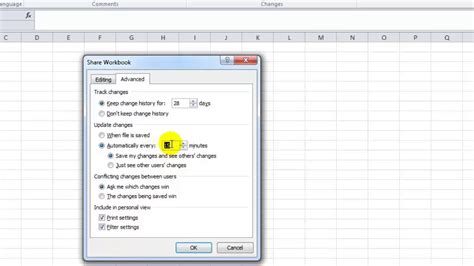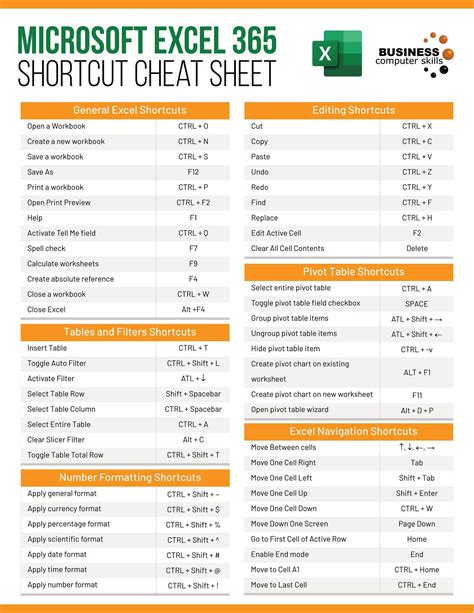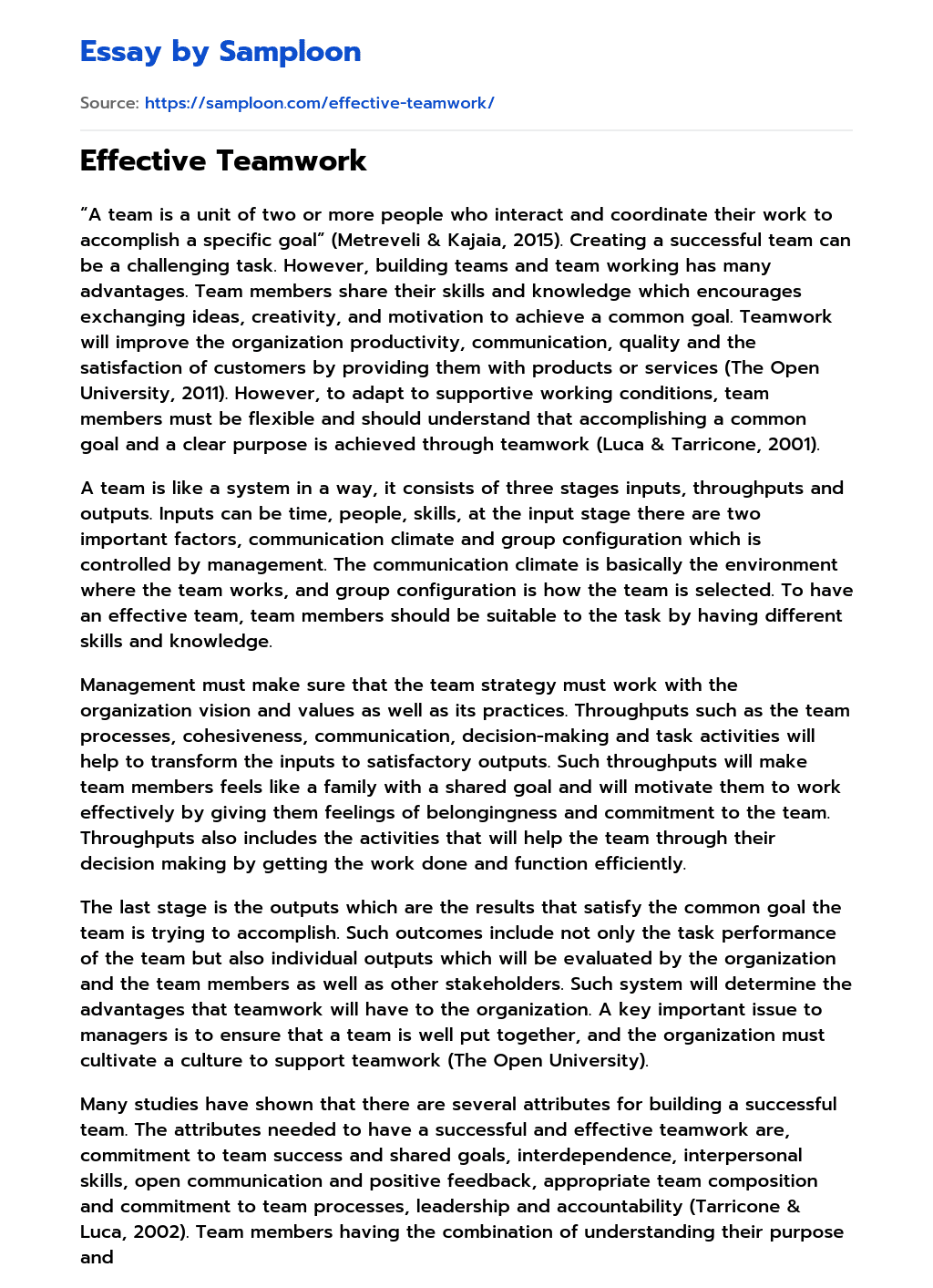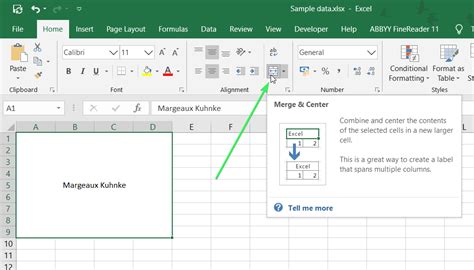Introduction

Excel is a powerful tool for data analysis and management, but when it comes to collaborating with others, it can present some challenges. Effective teamwork in Excel requires a set of strategies and best practices to ensure smooth and efficient collaboration. In this guide, we will explore 15 tips to help you and your team collaborate seamlessly and make the most of Excel’s capabilities.
1. Set Up a Shared Excel File

The foundation of successful collaboration is a shared Excel file. Create a central location where all team members can access and work on the same spreadsheet. This ensures everyone is working with the latest data and avoids the confusion of multiple versions.
2. Utilize Shared Workbooks

Excel’s shared workbook feature allows multiple users to work on the same file simultaneously. Enable this feature to facilitate real-time collaboration, enabling team members to make changes and see updates instantly.
3. Establish Clear Naming Conventions

Implement a consistent naming convention for worksheets, tabs, and files. This helps everyone understand the structure and purpose of each element, making it easier to navigate and locate specific data.
4. Create a Table of Contents

A table of contents at the beginning of your Excel file can provide an overview of the document’s structure. Include hyperlinks to important sections, making it convenient for team members to jump to relevant areas quickly.
5. Utilize Comments and Notes

Excel’s commenting feature is a powerful tool for collaboration. Encourage team members to use comments to provide feedback, ask questions, or suggest improvements. These comments can be easily tracked and addressed.
6. Leverage Data Validation

Data validation ensures data integrity and consistency. Use data validation rules to restrict input to specific formats or values, reducing errors and maintaining data accuracy.
7. Share Formulas and Functions

When working on complex calculations, share formulas and functions with your team. Documenting and explaining these formulas helps others understand the logic behind the calculations and promotes knowledge sharing.
8. Use Conditional Formatting

Conditional formatting highlights specific data based on predefined rules. It helps draw attention to important information, making it easier for team members to identify trends or exceptions.
9. Implement Password Protection

Password-protecting sensitive sheets or workbooks adds an extra layer of security. This ensures that only authorized team members can access and modify critical data, maintaining data confidentiality.
10. Regularly Review and Update
Schedule regular review sessions to assess the progress and accuracy of the Excel file. Encourage team members to provide feedback and suggest improvements. This ensures the file remains up-to-date and relevant.
11. Utilize Macros for Automation
Macros can automate repetitive tasks, saving time and effort. Share macros with your team to streamline common processes and improve efficiency. Ensure that macros are well-documented and easy to use.
12. Leverage Excel’s Reviewing Tools
Excel offers a range of reviewing tools, such as Track Changes and Compare Workbooks. These features help track revisions, compare different versions, and facilitate a smooth review process.
13. Communicate and Collaborate Effectively
Open communication is key to successful collaboration. Encourage team members to ask questions, share ideas, and provide feedback. Create a collaborative environment where everyone feels comfortable contributing.
14. Use Version Control
Implement version control to keep track of changes made to the Excel file. This allows you to revert to previous versions if needed and ensures that everyone is working with the correct data.
15. Train and Support Team Members
Provide training and support to team members on Excel best practices and collaboration techniques. Ensure everyone is comfortable with the tools and features, fostering a collaborative and efficient work environment.
Conclusion
By implementing these 15 tips, you and your team can transform Excel collaboration into a seamless and productive process. With a shared file, clear communication, and effective use of Excel’s features, you can achieve greater efficiency and accuracy in your data analysis and management tasks. Remember, collaboration is a continuous process, so keep refining and improving your teamwork strategies for optimal results.
FAQ
How can I ensure data integrity when collaborating on Excel files?

+
To maintain data integrity, utilize data validation rules, password protection for sensitive data, and implement version control. Regularly review and update the file to ensure accuracy.
What is the best way to share formulas and functions with my team?

+
Create a separate worksheet or document specifically for formulas and functions. Document each formula, explaining its purpose and usage. Share this document with your team for easy reference.
How can I keep track of changes made by different team members?

+
Excel’s Track Changes feature allows you to see who made what changes. Additionally, compare workbooks to identify differences between versions and ensure consistency.
What is the most efficient way to automate repetitive tasks in Excel?

+
Create macros to automate complex or repetitive tasks. Share these macros with your team to streamline their work and improve efficiency.
How can I create a collaborative environment for Excel collaboration?

+
Encourage open communication, provide training on Excel collaboration best practices, and foster a culture of knowledge sharing. Regularly review and celebrate team achievements to boost morale.